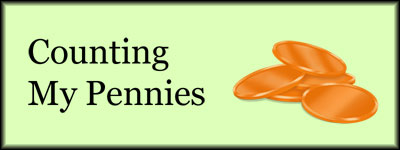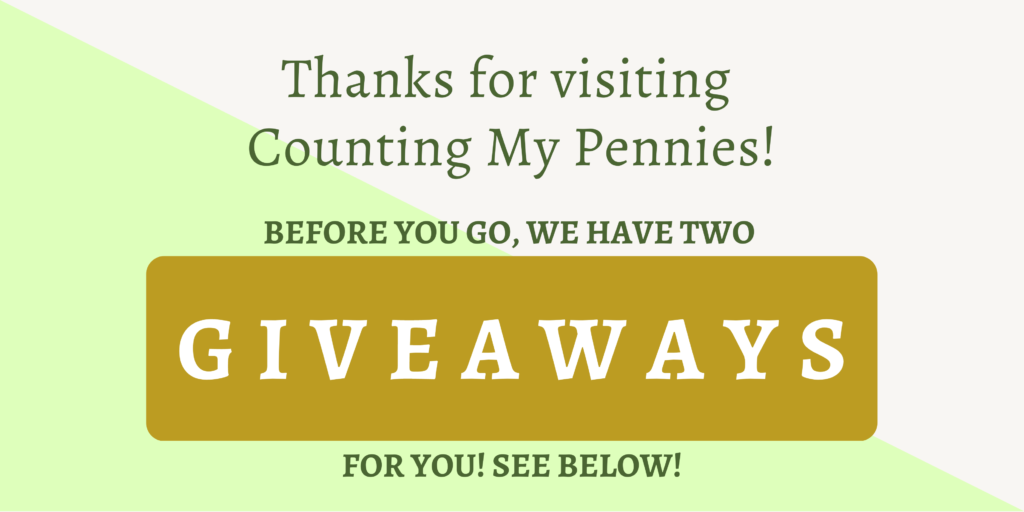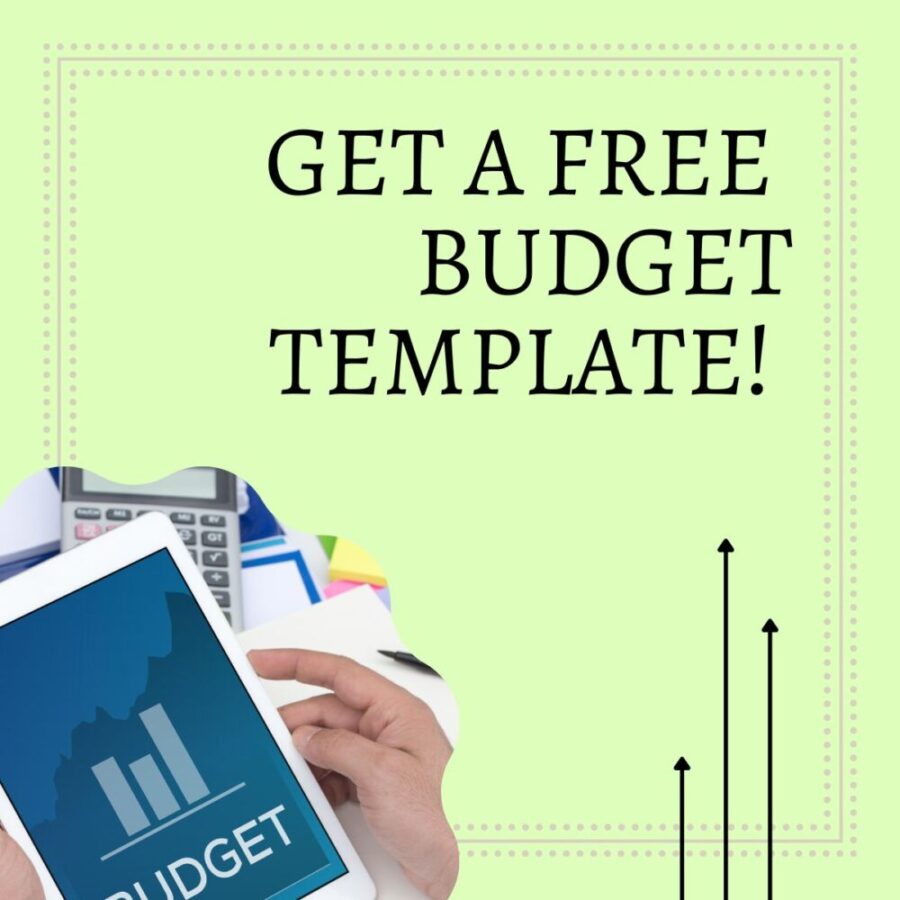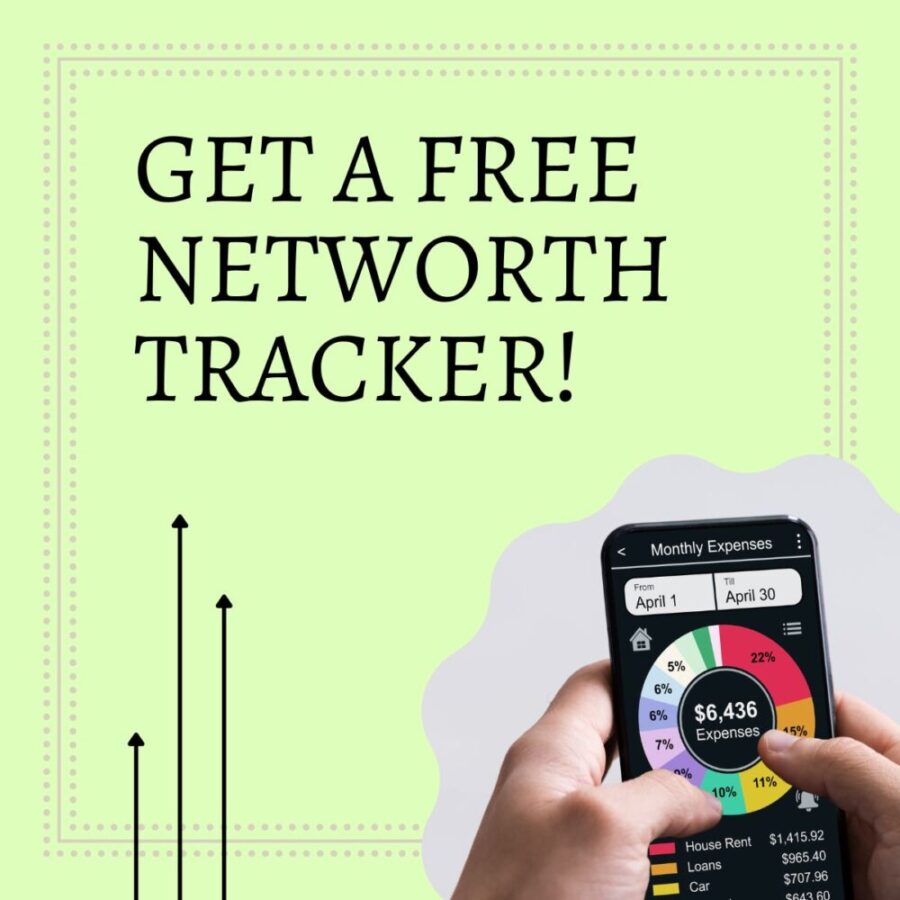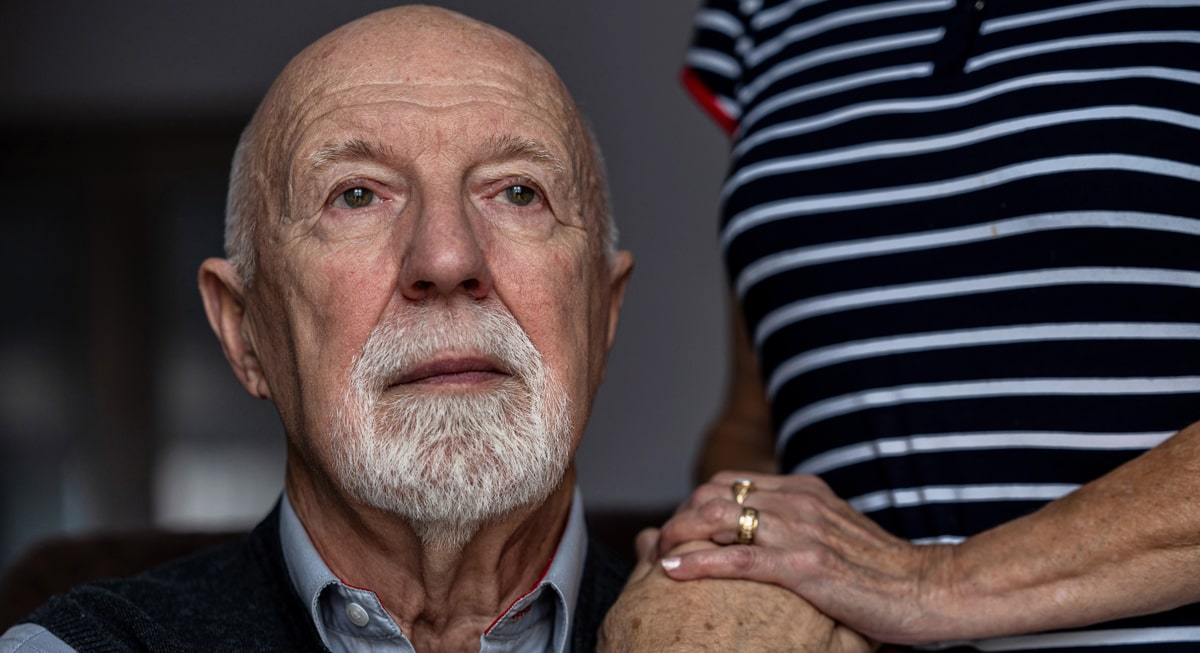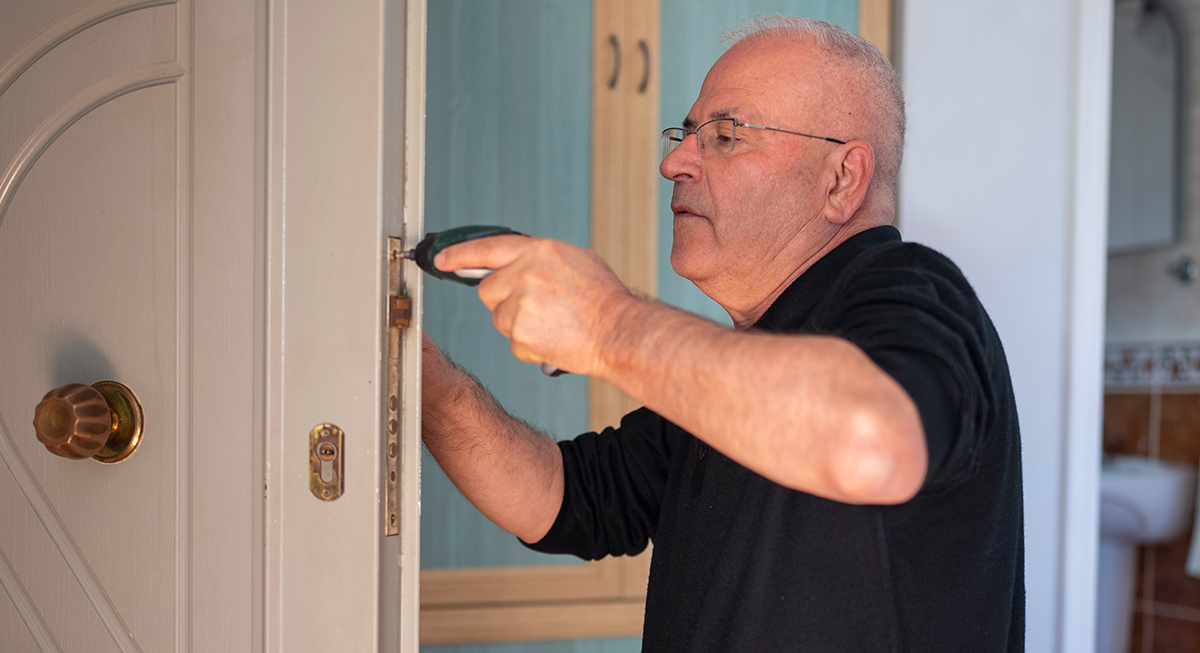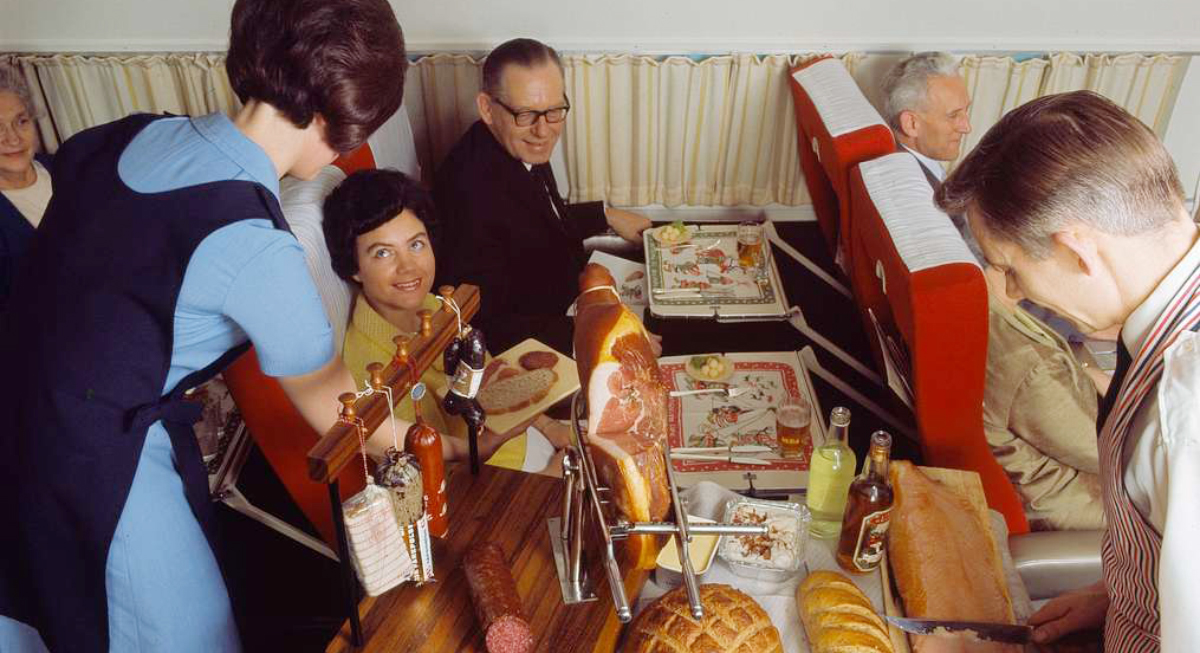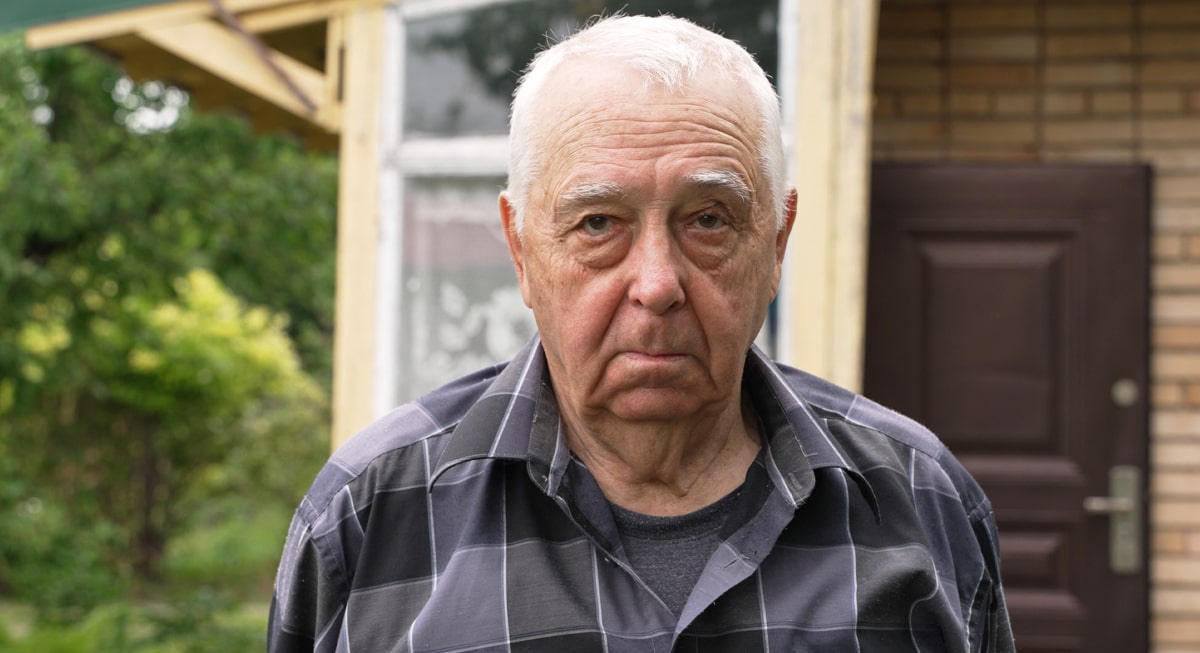 Recently, as part of my decluttering process, I've been getting rid of a lot of clothing that I never wear. Embarrassingly, some of it even still had the original tags on it! With holiday gifting and holiday sales, a lot of us are bringing new items into our closets, so this is a great time to get rid of things we don't wear.
Recently, as part of my decluttering process, I've been getting rid of a lot of clothing that I never wear. Embarrassingly, some of it even still had the original tags on it! With holiday gifting and holiday sales, a lot of us are bringing new items into our closets, so this is a great time to get rid of things we don't wear.
One way I've been getting rid of clothes is through Poshmark, a clothing reseller. With Poshmark, you list your items and ship when they're sold, so it's not as instant as a company like ThredUp, but I think the payouts are much better.
How to List an Item
To start, download the Poshmark app and click on the "sell" button. Take a few photos of the item you want to sell. I've found that it's best to show a full photo as well as closeups of any features, as well as a closeup of the tag.
If the item you're selling has any defects, be sure to photograph those as well. For instance, I recently sold a sports bra that I wore once before I realized that it didn't fit. When I washed it, something else in the laundry bled a bit on it, so the previously white bra now had a few gray dye spots on it. Not a big deal for something that was likely to be worn underneath a shirt, but absolutely something I disclosed (and also adjusted the price for).
Then you enter in the relevant details about your item, select your sale price, and list the item!
What Happens When an Item Sells?
If someone buys your item, you will receive a notification that an item has sold, and you will receive an email with a shipping label. You print the label and put it on the shipping box. Package up your item, making sure to take care with it (I like to wrap everything in tissue paper), and just drop it in the mailbox, leave for your mail carrier, or take it to the post office. You don't pay anything for the shipping label.
Sometimes, a potential buyer will make an offer to buy. Maybe you've listed something at $25, but a buyer offered you $20. You can accept the offer, counter the offer, or reject the offer.
How Do I Get Paid?
Poshmark fees work like this:
If your item is sold for under $15, there is a flat fee of $2.95, and you keep the rest. For sales of $15 or more, the fee is 20% of the listing price, and you keep 80%. Poshmark pays all shipping and credit card fees.
Within three days of receiving the item as indicated by the tracking on the shipping label, the buyer has to accept the item (if they don't, the system auto-accepts it for them). Once your item is accepted, your earnings are placed into your account, and you can withdraw at anytime. You can transfer the money to your bank account or request a check. It's easy as that!
Is It Worth it to Use Poshmark?
The one downside to Poshmark is that you have to store all your items until they sell. I just keep everything in a spare closet, where it's safe and clean. But if you're trying to declutter, this is definitely a slower way to get items out of your house. That said, I've managed to make a few hundred dollars selling used items that were still in great condition that I just didn't wear.
If you're struggling to get rid of things because it feels wasteful, this is a good way to make sure that the item will still be used and to also make a bit of cash along the way.
Do you have any experience with Poshmark? What are your thoughts?
